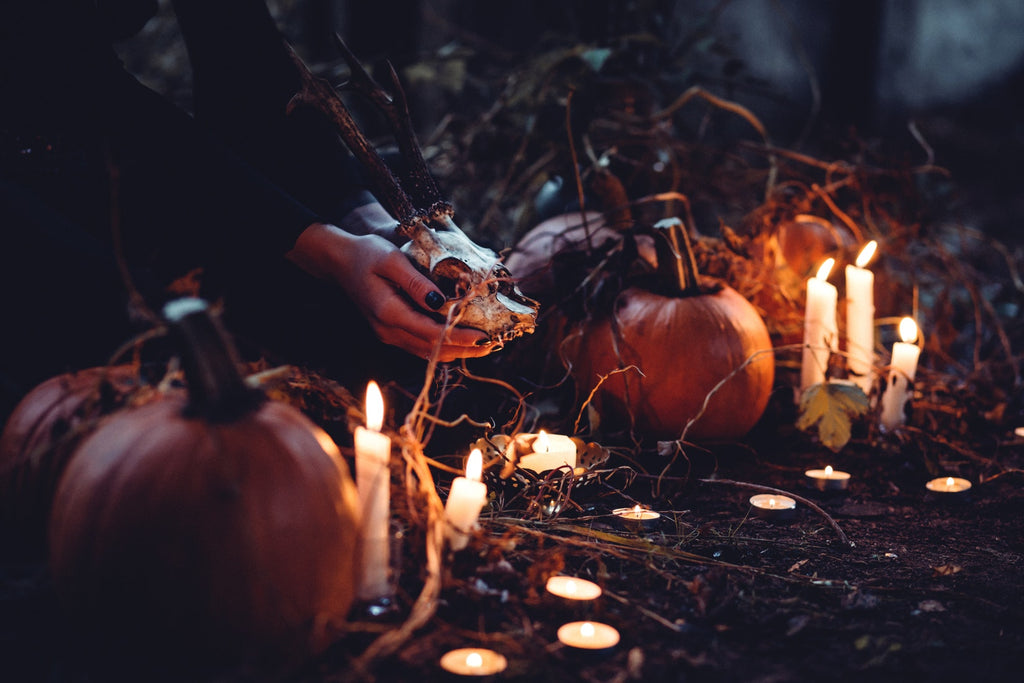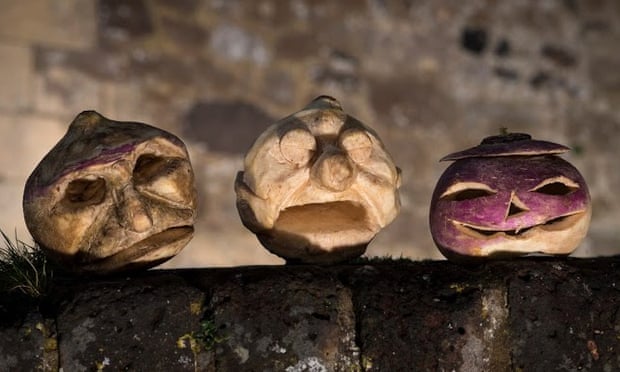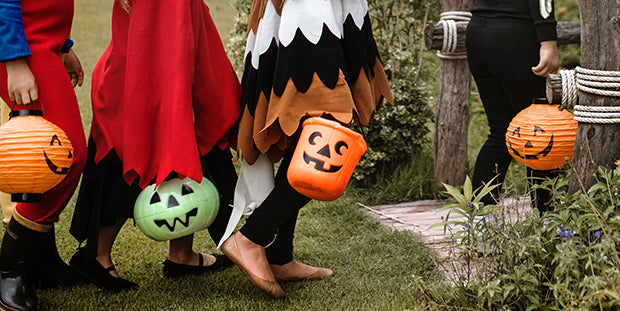5 Things You Didn't Know About Halloween
On Halloween we might begrudgingly hand out sweets to kids dressed up as ghosts or witches, but it’s safe to say the day itself, thanks to our American cousins, has made its way firmly into our British calendar and is here to stay.

So, stow your inner Grinch for Christmas and prepare to swot up with our 5 things you didn’t know about Halloween…
- Halloween wasn’t invented by the Americans.
First things first, the Americans didn’t dream up this day to encourage children to gorge on sweet treats, it was in fact a pagan holiday in the UK first.
Yes. Halloween originated with the Celts.
During Samhain (a Celtic festival to celebrate the end of the harvest), our ancestors believed the wall separating the living and the dead was so thin at this time of year, that evil spirits could potentially pass through and run amok in the fields, destroying the crops.
To appease the spirits they would offer food and drink to encourage the good guys to come over, but light bonfires to keep the bad ones out.
The church, keen to stamp out all traces of pagan holidays whilst simultaneously claiming them to be their own, declared the 1st November as the feast of All Hallows - where one would pray for the souls that had failed to make it to heaven. Thus All Hallow’s Eve being the day before the feast; 31st October.
And as ‘All Hallow’s Eve’ is too much of a mouthful for us, over time the ‘All’ and ‘s’ were dropped and shortened to Hallowe’en!
- The pumpkin carving craze started in the UK.
We’ve always put candles in vegetables to ward off the bad spirits (as you do), only our chosen vegetable was more ‘Baldrick in Blackadder’ than the intricate Instagram-worthy carvings of today - yes, we hollowed out the humble turnip and filled it with glowing embers to deter those pesky evil spirits and fairies from settling where they weren’t wanted.

- Witches were once revered.
The word witch comes from the Old English word ‘wicce’, literally meaning ‘wise woman’. Wiccan (more than one ‘wicce’) used to be held in very high regard. That is until the whole ‘drown/burn the witch’ thing of the Middle Ages. You can whip out this helpful fact next time you decide to call the mother-in-law an old ‘wise woman’.
- Trick and treat.
Trick or treating has been around a lot longer than American sweet companies! In Medieval times, during Hallowmas (the day after Halloween), this practice was known as ‘guising’. Poor folk used to don costumes, grab their ‘neep lanterns’ and sing or entertain (trick) passers-by in exchange for food or money (treat).
We suspect the whole thing had a much spookier vibe back then too, rather than hiding behind the sofa with the lights off waiting for the local kids to clear off.

- Halloween was romantic.
Halloween used to be the day you could find your soulmate. Pun intended.
It hasn’t always been associated with death. It used to be about being able to see your future; people in Ireland and Scotland used to play romantic fortune-telling games that allegedly predicted who they would marry, and when!
For example, bobbing for apples wasn’t just associated with drowning witches - supposedly if you placed the bobbed apple under your pillow you would dream of your future sweetheart. Who knew?
So this Halloween release your inner romantic, carve a turnip, bob for an apple and adorn your walls and windows with our Halloween inspired decals. We can pretty much guarantee* they’ll ward off evil spirits - use code LANTERN25 for a 25% discount!
*some decals may vary in their evil spirit warding abilities.
